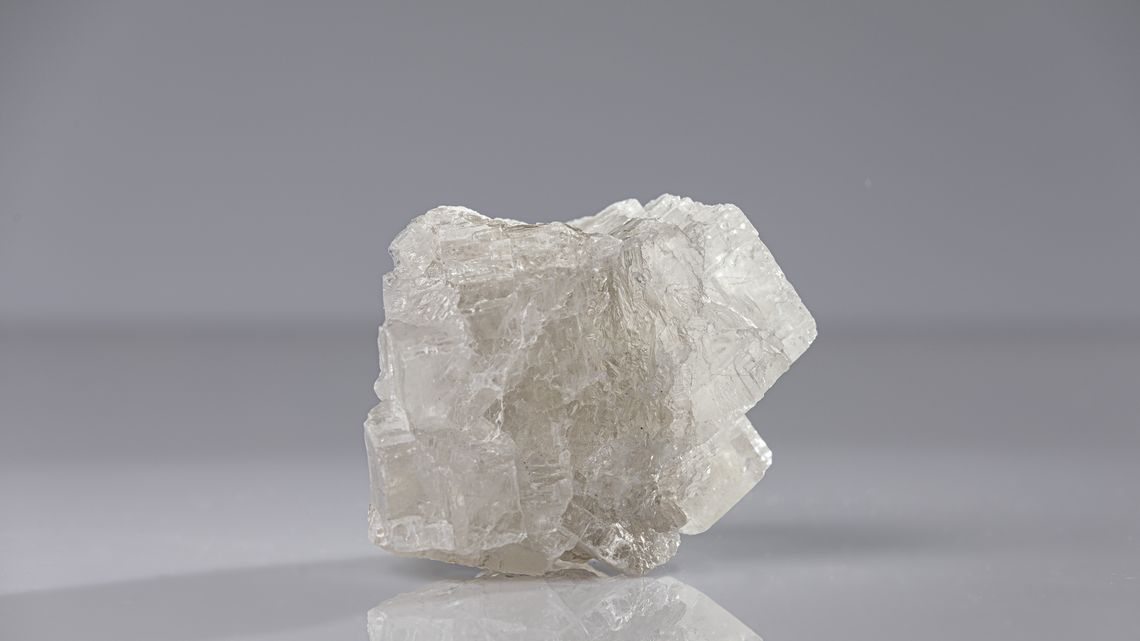
REPOPERM-II
Remaining porosity and permeability of compacted crushed rock salt backfill in a HLW repository, Phase II
The project aimed at increasing knowledge about the material behaviour of compacted crushed salt at very low porosities. The thin section analyses showed that the higher the compaction of a sample the more are the remaining pathways located at the boundaries of larger grains. The addition of 1.2% salt solution during compaction obviously had the effect that the small grains in the fine grained section “bonded’’ leading to new crystalline structures. Permeation after dry compaction indicates that leaching took place during permeation, which led to the formation of a “vessel system” that could be permeated. With regard to the real situation in a repository, this could indicate that the occurrence of an early brine pressure in the crushed salt could lead to the formation of an unwanted system of larger pores. To test their suitability for modeling the compaction of granular rock salt the DEM was used as an exploratory analysis. Two different computer codes have been used for this analysis, the PFC3D and the 3DEC code. Finally, it has to be stated that both codes need significant improvements prior to an application to simulate compaction processes at very low porosities. A computer tomographic analysis has been applied to different samples revealing that the pore space must be considered as isotropic in its connectivity. By applying an approach, which combines local porosity theory and percolation theory, to reconstructed pore structures, gives an idea of the critical porosity (percolation threshold). It can be stated that for porosities exceeding 5% a fully connected and thus percolating pore network must be taken into consideration. For porosities of 1% or less the pore network can be assumed as hardly or even not connected.
Contact
Research & Development
info@bge-technology.de
Short Infos
Runtime: 2010 - 2014
Client:
Bundesministerium für Wirtschaft und Energie (BMWi) vertreten durch das Karlsruher Institut für Technologie, beauftragter Projektträger Karlsruhe PTKA
Funding Code:
02E10730
Partner:
Gesellschaft für Anlagen- und Reaktorsicherheit gGmbH (GRS), Deutschland

